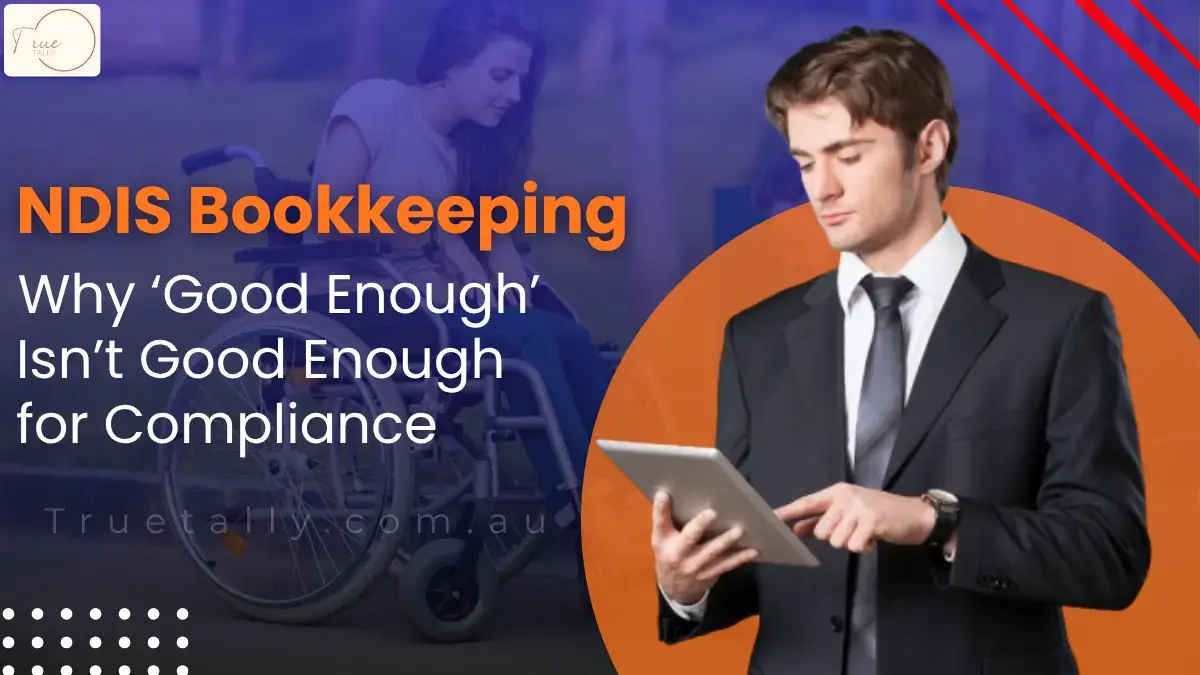What Features Should I Look For in a Bookkeeper for Allied Health Businesses?
Hiring the right bookkeeper for your small business plays a key role in keeping your finances strong. Whether you’re starting a new business or working to improve your current financial processes, an experienced bookkeeper can help you maintain accurate accounts, manage cash flow smoothly, and comply with Australian tax regulations. At Truetally Bookkeeping, we understand the everyday struggles faced by small business owners, and we work to support you in choosing the ideal bookkeeper for your business. In this article, we’ll explain what you should look for when hiring a bookkeeping expert and how Truetally Bookkeeping remains a trusted partner for businesses across Australia. Why Your Healthcare Business Needs a Bookkeeper Hiring a bookkeeper isn’t just about complying with Australian financial regulations; it’s also about taking back your time and reducing stress. Bookkeeping requires skill, focus and long hours, so outsourcing allows you to focus on what matters most – supporting your clients, leading your staff and expanding your services. A professional bookkeeper keeps your accounts accurate, helps you stay on track with tax deadlines and provides you with clear financial reports such as profit and loss statements, balance sheets and budgets. More than compliance, a committed bookkeeper acts as a financial teammate. They will sit down with you each month to review your results, streamline your financial reports and guide you to make smart choices. This type of support helps you plan for growth rather than waiting for problems to appear. As your financial strength improves month by month, you gain confidence and peace of mind. Are You Outsourcing Your Bookkeeping? As your business grows, so does the need for proper bookkeeping and accounting. You have the option of outsourcing your bookkeeping to a professional or handling the basics yourself. The options for handling your bookkeeping are straightforward: You can hire a skilled bookkeeper or accountant to handle all of your bookkeeping tasks for you. You can take complete control and handle the bookkeeping entirely yourself. You can combine the two – use the guidance of a dedicated bookkeeper while the accounting software handles most of the tasks. Option three often works best. Since basic bookkeeping is fairly simple, with the right practice management tools and accounting software, you can handle most of the tasks yourself. To fill in the gaps and ensure proper workflow, you can supplement your efforts with occasional sessions with a bookkeeper or accountant, especially during tax season. Here, we outline how to manage basic small business bookkeeping, including methods, responsibilities, and how to handle them efficiently. Purpose of Companion Health Bookkeeping Before diving into the methods and tasks, it’s worth asking why bookkeeping is important? By handling basic bookkeeping yourself, you get: Accurate financial records to understand profitability and cash flow. ATO compliance, including filing tax returns and claiming business expense deductions. Reliable financial information to guide business decisions and future planning. You’ll also stay on top of your income and expenses, such as overdue invoices, which allows for more accurate budgeting. Use Accounting Software Instead of Spreadsheets Technically, it is still possible to use Excel or similar spreadsheets for ‘spreadsheet accounting’ in your allied health business. However, modern, automated accounting software such as Reckon has largely replaced these outdated methods. For example, if you have a POS system for patient payments, you can connect it directly to your accounting software. This allows you to instantly import sales data and monitor your clinic’s cash flow in real time. When you integrate your cloud accounting software with a practice management system such as Better Clinics, you simplify bank reconciliations, easily track GST, and automatically categorize and record your sales in your chart of accounts. The Dangers of Poor Bookkeeping It is clear that neglecting proper bookkeeping can cause serious problems for your business. Errors in financial records can lead to tax compliance issues, payroll errors, and poor cash flow management. Additionally, the stress of correcting financial errors or handling bookkeeping on your own takes time away from running your core business, which can lead to burnout and jeopardize the sustainability of your business. We often see this happen with fellow health business owners who start small businesses and manage their own bookkeeping, but over time it becomes more complex and time-consuming. This usually results in a ‘what you don’t know’ situation – owners make coding errors, rely on meaningless default reports, combine multiple workaround spreadsheets, miss balance sheet items, and more. At this point, a professional bookkeeper reset becomes necessary, often with a sigh of relief. Finding The Right Bookkeeper If you choose to outsource your bookkeeping, choosing the right person is important. Look for someone with experience in Allied Health like Truetally Bookkeeping or related industries who is proficient in current accounting software and is committed to ongoing professional development. The right bookkeeper also understands practice management software systems. A proactive bookkeeper does more than just keep records – they meet with you monthly, explain reports, highlight trends, and provide insights and strategies to help your business grow. A top bookkeeper will happily collaborate with you, your accountant, and your business coach to review reports and plan next steps. Read More: Bucket Company: What Is It? How Can You Save Max. Profit With Min. Taxes










